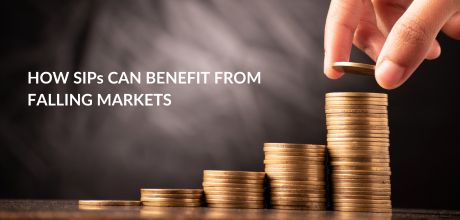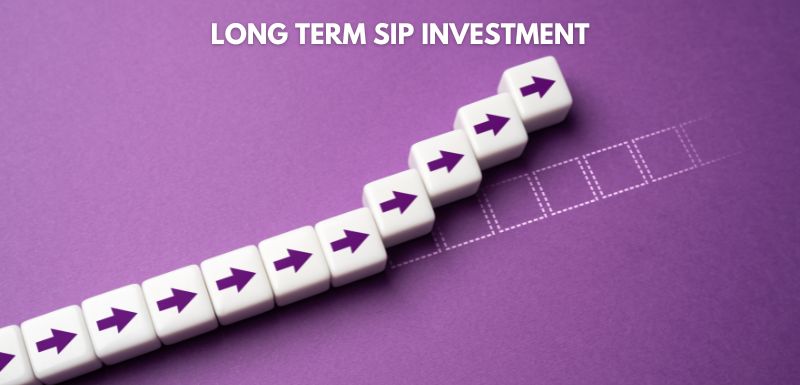What Makes SIP+ELSS a Winning Combo For Tax-Saving?

Starting early with ELSS investments and SIPs can help you optimize tax savings while building long-term wealth efficiently.
With 5 months to go in the Financial Year, you’re probably considering options to cover your Section 80(C) gap. Fortunately, you’ve still got some time left before that dreaded “investment declaration” email from HR hits your inbox! The last-minute rush to hit that magical number of Rs. 1.5 Lakh usually does more harm than good – more often than not, life insurance agents swoop in and trap you into high cost, low return insurance plans that add little or no value to your Financial Life. This year, a little bit of advance planning can save you from making regrettable tax-saving investments in March 2018.
Go for an ELSS Instead
|
ELSS |
5 Year Returns |
|
Franklin India Tax Shield |
18.56% |
|
DSP BlackRock Tax Saver |
21.02% |
|
Aditya Birla Sun Life Tax Relief ‘96 |
21.15% |
|
ICICI Prudential Long Term Equity |
17.16% |
ELSS (Equity Linked Savings Schemes) provide the perfect means for you to create long-term wealth while saving taxes. While returns from traditional tax-saving instruments such as PPF, NSC, 5 Year Fixed Deposits and Traditional Life Insurance policies are pegged broadly to yields on government bonds, ELSS Funds allow you to harness the long-term growth potential of equities.
With yields on Government Bonds falling nearly 3% in the past 3 years, returns from traditional tax saving instruments have plummeted too. The PPF rate currently stands at 7.8%, whereas most 5-year Fixed Deposits now offer sub-6% rates. A back of the envelope calculation for most traditional Life Insurance plans reveal that they barely provide returns of 4% t0 5% per annum these days.
Conversely, the 3-year and 5-year category average returns for ELSS Funds stand at 14.81% and 18.20% respectively (as of 24th October ’17). What’s more – they have a short lock in period of just three years, and a dividend pay-out option to potentially provide you with tax-free liquidity during the mandated lock-in period too!
Why SIP’s and ELSS investments work great together
According to data from the Association of Mutual Funds in India (AMFI), the total amount collected through SIP’s stood at Rs. 5,516 crores for September 2017. There are many good reasons why SIP’s have won the confidence of retail investors and registered such a blistering growth trajectory in the past three years.
First, SIP’s take away the stress of having to piece together a formidable sum of money at the penultimate moment. Say, for instance, you are aware that you’ll be falling short of the Rs. 1.5 Lakh limit by Rs. 50,000 this year, after considering your other tax saving investments, home loan EMI’s and your children’s school tuition fees. All you need to do is run a 5-month SIP (Systematic Investment Plan) of Rs. 10,000 per month from November to March, and you’ll be home and dry before the fiscal is over!
Second, SIP’s reduce the risk of investing all your money at a high market level, all at once. Volatility is part and parcel of the equity markets; and SIP’s allow you to ride the waves with equanimity - and in fact benefit from the ebbs and tides. Through a mechanism called “Rupee Cost Averaging”, SIP’s ensure that the units of your ELSS investment are smoothly and evenly priced, thereby absorbing some of the risk involved with the stock markets.
If you have a lump sum to invest, you can park it in a short-term debt fund (that would fetch you between 7% and 8% per annum), and start a Systematic Transfer Plan (STP) into your target ELSS Fund. This would provide you with the same benefits as an SIP, while earning you better-than-savings- account returns on your idle moneys.
Things to keep in mind
Being equity oriented, ELSS Funds are high-risk in nature. Though SIP’s will help cushion some of the risks, it’s important to understand that your fund value may fluctuate in tandem with market movements.
Additionally, the mandated 3-year lock in period should not be misunderstood as an optimal holding period for an ELSS. Ideally, you should plan to hang on to your investment for a longer time-frame of 5-7 years, for best results.
Lastly, do keep in mind that each SIP tranche will count as a distinct purchase, and will subsequently be locked in for 3 years. ELSS Funds enforce a hard lock in, and provide you with no exit options before 3 years – so be sure to look before you leap!
Let’s get started!
To get started with your SIP in an ELSS, simply write to us at knowledge@finedge.in and we’ll be delighted to help you out.
Your Investing Experts
Relevant Articles
How Falling Markets Can Benefit Your SIP Plan
Market downturns can trigger anxiety, but for SIP investors, they present a golden opportunity. By consistently investing through volatility, you benefit from rupee cost averaging, accumulating more units at lower prices and enhancing long-term returns. With the power of compounding and a disciplined approach, SIPs turn market dips into wealth-building moments
Why is a SIP Investment Calculator beneficial?
With the rapid rise in online financial planning, more and more smart investors are choosing SIP investments as their investment avenue of choice for meeting their long and short term goals. As a thumb rule, SIP’s work best when you dispassionately keep them running despite the ups and downs of the markets.
How to Use SIPs to Create Long-Term Wealth
The financial planning journey to create wealth, and fulfil financial goals is a marathon, not a sprint. In this marathon, investing regularly in a disciplined manner through the systematic investment plan (SIP) route is the key to creating long-term wealth. In this article, we will understand how a consistent and disciplined long-term SIP investment can provide you with the benefits of compounding and create wealth.
.png)


